I first met the Questyle NHB15 at the CanJam London 2023 – well, to be more precise I met its Lightning connector counterpart, the NHB12. When Apple announced they would switch to USB-C for iPhones, just like they had already done for iPads, I was wondering if Questyle would launch a USB-C model as well and it turns out that they recently did in the form of the NHB15. The devices are perfectly identical, save for the connector, and aim at making it easy to use wired earphones with modern devices, which lack once-standard 3.5 mm jack sockets.
Disclaimer: I received a free unit courtesy of Questyle. The NHB15 retail for $299. Additional information on their website.
TL;DR: recap
| Pros |
Cons |
| + Very well built
+ Both USB-C and 3.5 mm cables included + Warm, cosy sound signature + Good technicalities |
– Stock eartips may not work for everyone
– Low passive isolation with stock tips – Treble can be too laid-back to some |
Rating: 8/10
Packaging & Accessories
The NHB15 come in luscious packaging. The box opens quite theatrically with the front dividing into two halves; you can then see the earphones and the small DAC that’s on the cable. By lifting the cardboard layer which presents the earphones you can access the leather pouch, which also contains a detachable bit you can use to tie the cable. By lifting the foam layer with the earphones you can access the manual, the eartips (five sets ranging from XS to XL) and the 3.5 mm cable. Overall it’s a rather well thought out set of accessories.
Design & Comfort
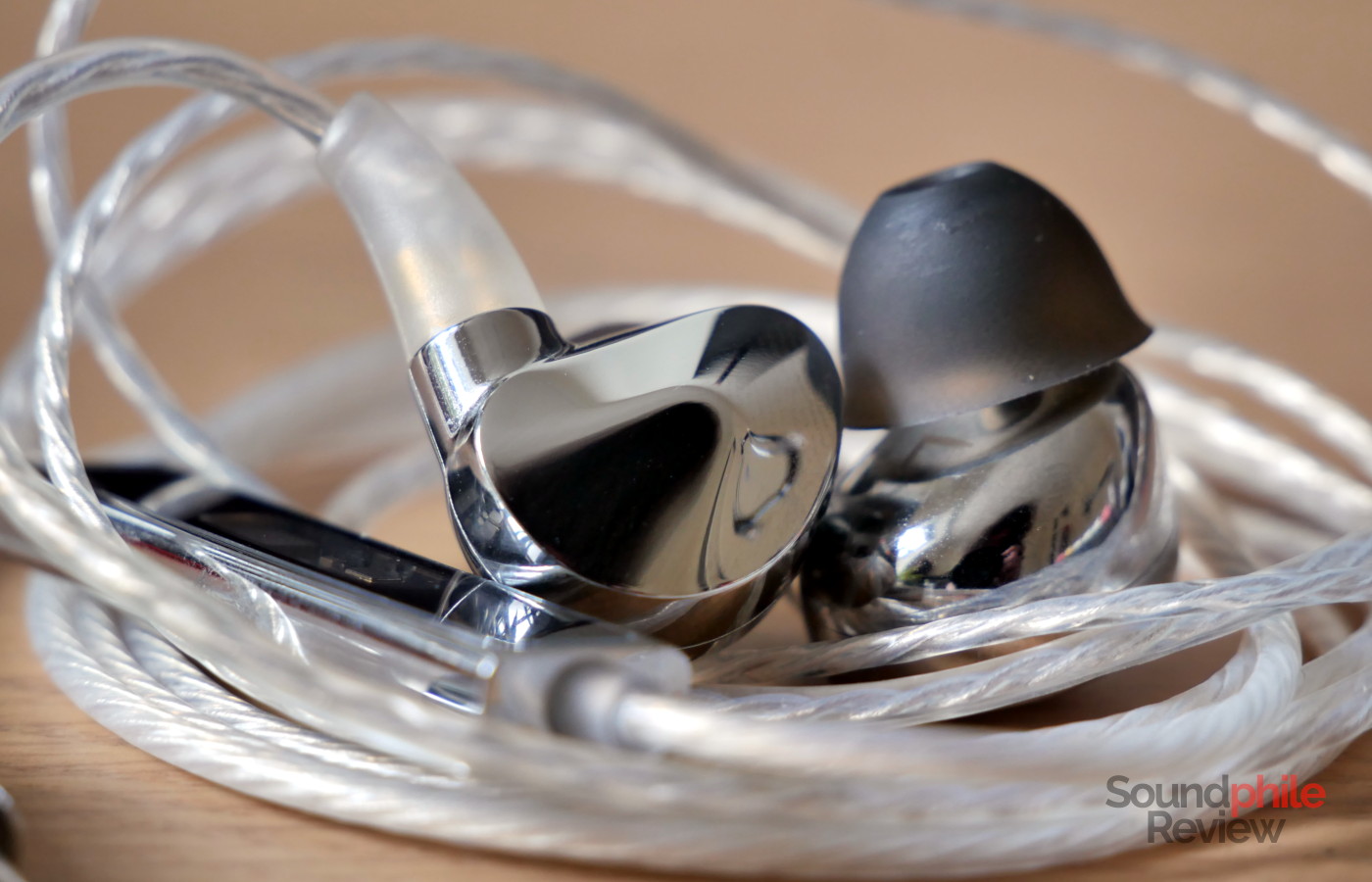
The shells of the Questyle NHB15 are made of metal (seemingly steel, given the high level of polish) and are roughly triangular in size. They feature a V-shaped raised part on the faceplate which adds movement to it while keeping the extremely clean aesthetic the company clearly aimed for (they mention Bauhaus as inspiration on their website).
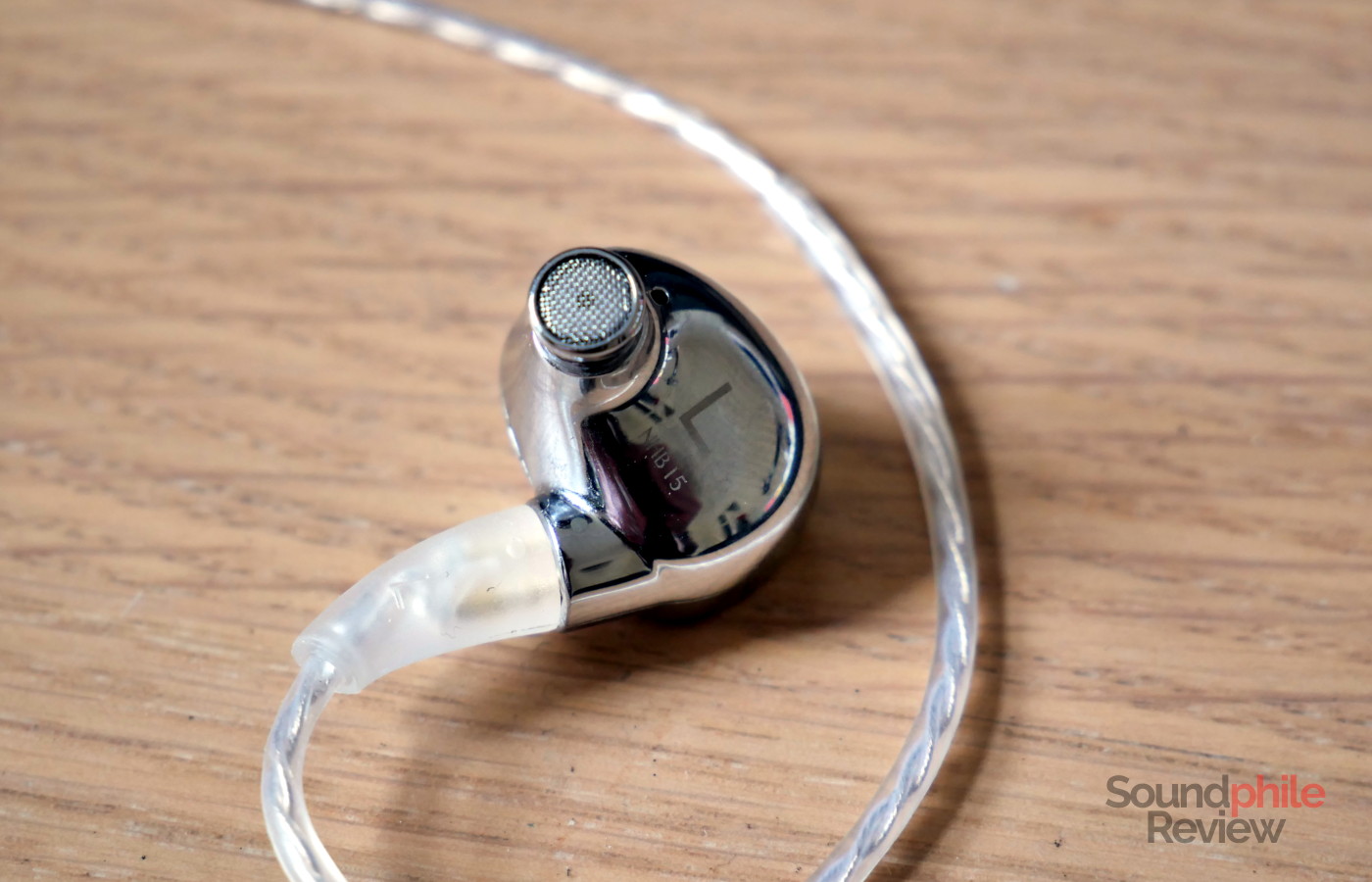
There are two small openings: one facing the ear, and one right below the 2-pin connector; they appear to be vents for the driver to move more freely. Build quality is very high, so much so that I don’t really have any comments on it – in a positive way. If I really wanted to nitpick, I would say that the labels for the channels (left/right) are upside down and that the shiny metal is a fingerprint magnet, but the fact this is the only criticism I can come up with tells you how well-made the NHB15 are!
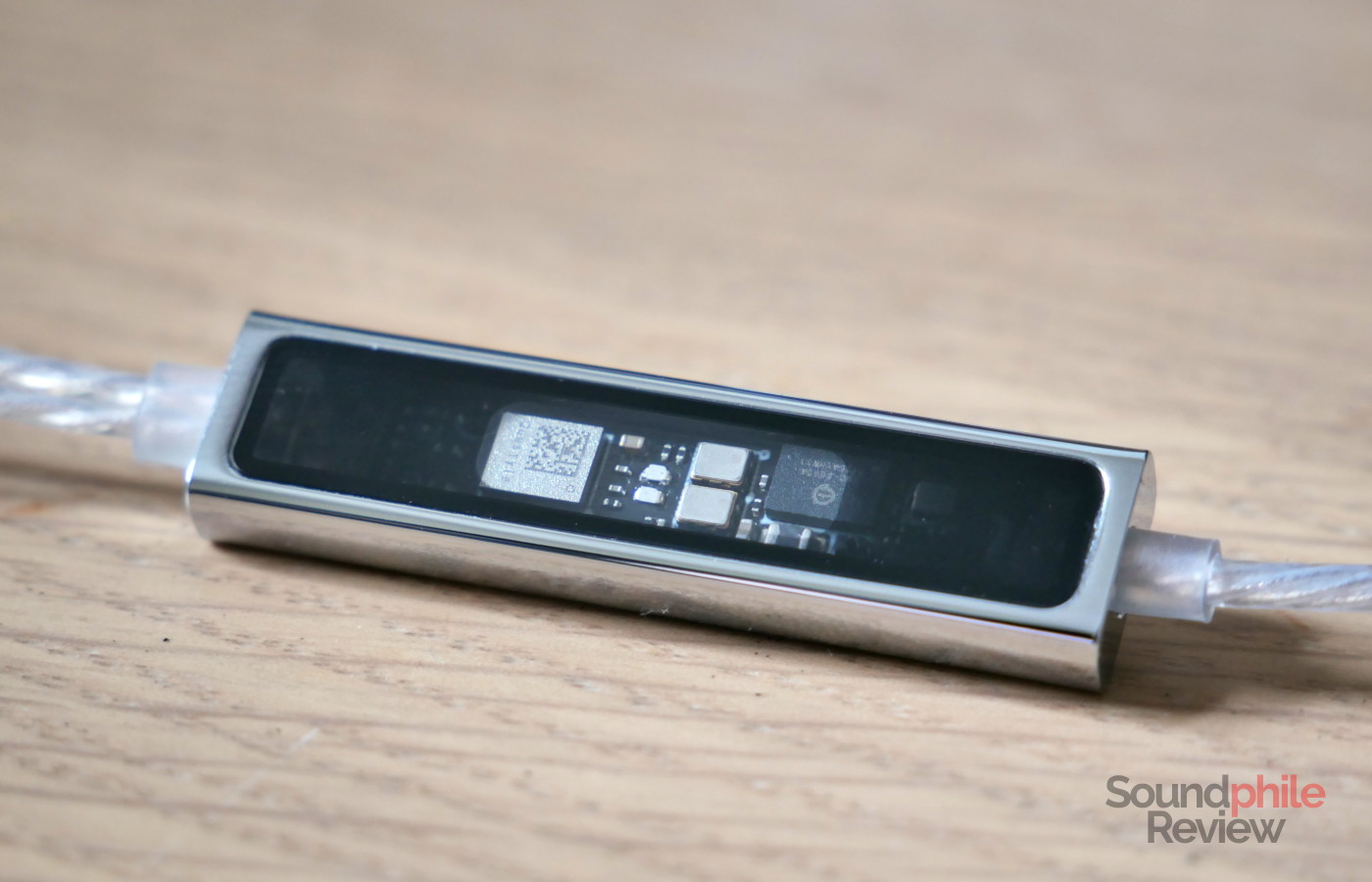
Just like the NHB12, the Questyle NHB15 feature a Y-split which is much larger than usual, due to the fact that it hosts all the electronics. In here we find the USB controller, DAC and amplifier. In keeping with Questyle’s… well, style, the circuitry is exposed by way of a glass panel. There are also two LEDs which tell you what kind of content is being reproduced: standard resolution (up to 48 kHz) lights up one LED, high resolution (more than 48 kHz) lights up two.
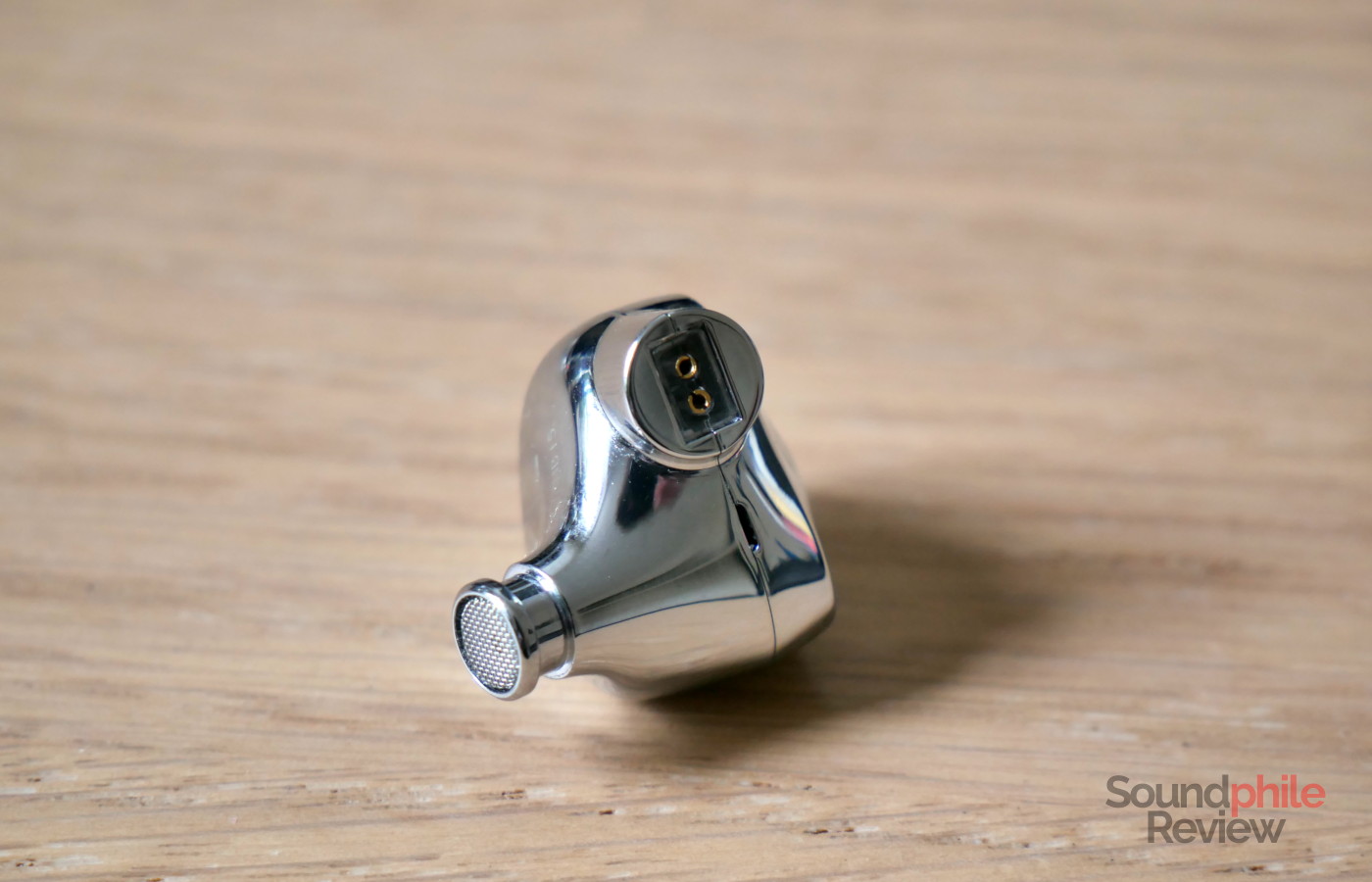
The NHB15 are relatively small and, despite being made of metal, lightweight. This, combined with the curved shape, makes them comfortable enough that I can wear them for more than one hour without issues. However, I found the stock eartips both uncomfortable and ineffective at offering passive isolation. In fact, replacing them with Dekoni foam tips I feel that the NHB15 become more comfortable as well as much better at isolating me from the surroundings – so much so that I can’t hear the sound of my keyboard while I am typing this review.
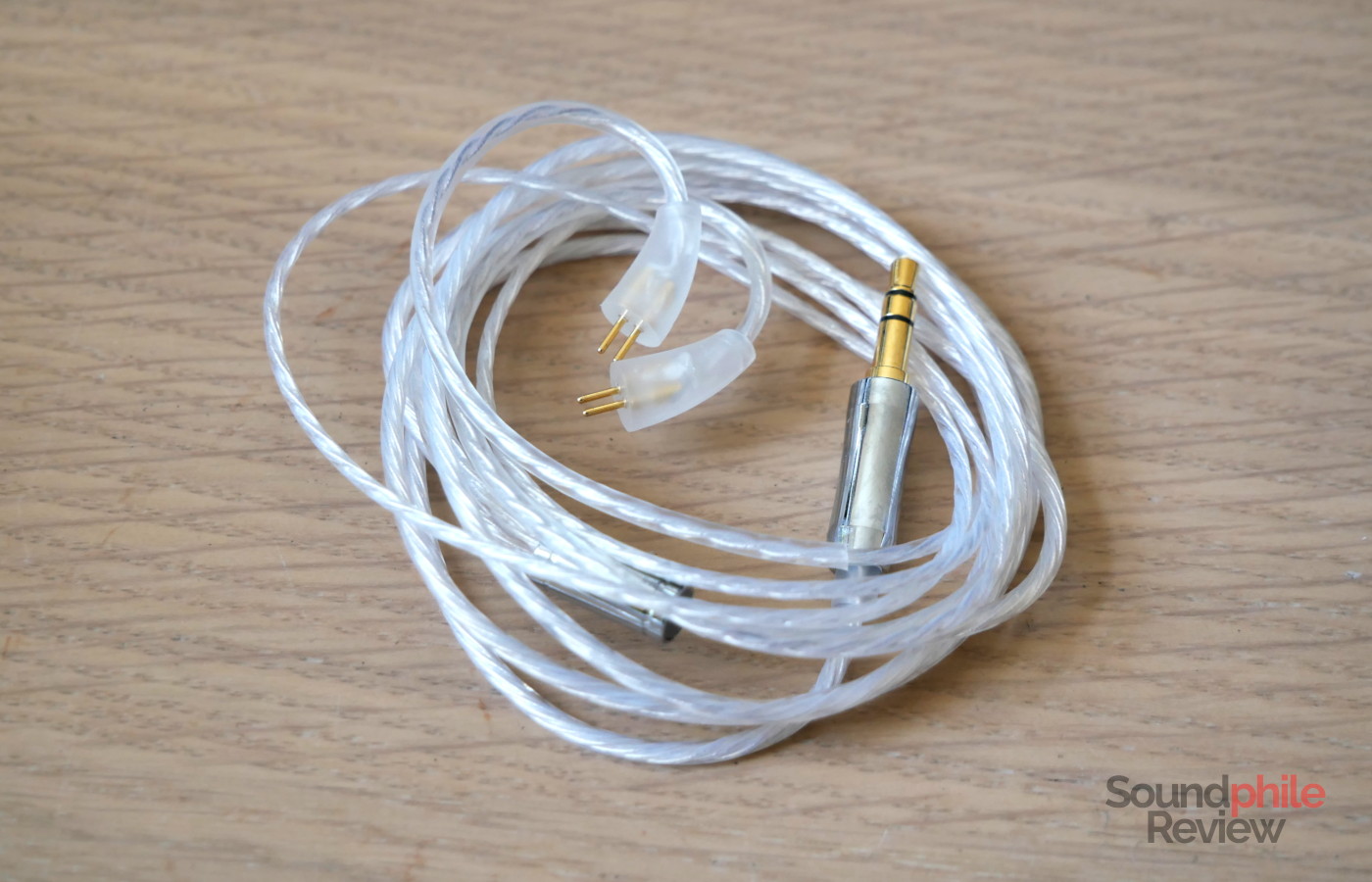
The cables are virtually identical, save for the fact that one has a USB-C connector and the circuitry in the Y-split, whereas the other is a traditional cable with a 3.5 mm jack. Both terminate with 2-pin connectors on the earphones end; all the housings are made of metal, except for the 2-pin connectors which are made of plastic. The cables themselves are “sterling silver”, though it is not clear whether this means they are silver-plated or entirely made of silver. In any case, they are very soft and malleable, and with little microphonics, too. Overall they are very good cables.
Features
The Questyle NHB15 are compatible with virtually any device having USB-C output; the company cites devices running Windows, macOS, Android, iOS (both on iPads as well as recent iPhones), and even Harmony OS (Huawei’s operating system). I can attest that they work perfectly well on Linux, too, and therefore on the Steam Deck.
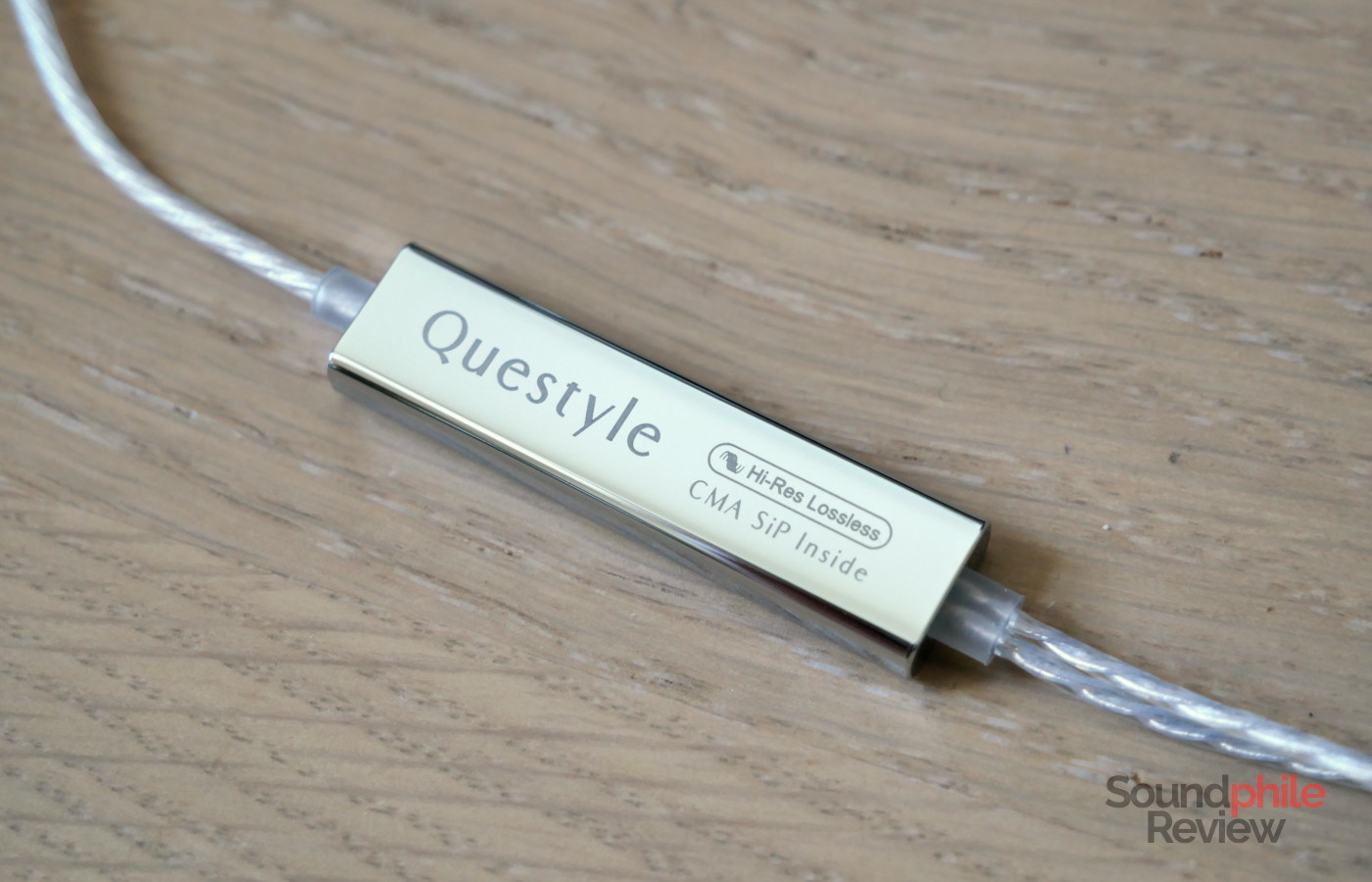
Questyle calls the NHB15 “true lossless earphones”, which is in line with the recent trend of marketing wireless earphones as “lossless”, except that in this case they really are! The inline Y-split contains all of the electronics needed to drive the earphones, including the DAC. Questyle has developed a DAC, the MA2430, with USI. This is a fully custom chip which is capable of reproducing media up to 24 bit and 192 kHz, and which also provides the amplification using Questyle’s own Current Mode Amplification technology. Questyle boasts a distortion as low as 0.0002%. The cable does not support neither DSD nor MQA decoding (although the need for the latter is going to decrease, now that Tidal has given up on it).
Sound & Specs
I tested the Questyle NHB15 with both the USB-C cable and the 3.5 mm jack cable. In the first case I used my phone as well as my computer as sources. In the second case, I connected them to a variety of devices including the Questyle M12 and the SMSL DO400.
Questyle NHB15
|
| Frequency response | 20 – 20,000 Hz |
| Impedance | 38 Ω |
| Sensitivity | N/A |
The USB-C cable provided by Questyle has a perfectly neutral tuning, which makes it usable with other earphones as well as it won’t change their sound. In other words, it shouldn’t make a difference whether you use the USB-C cable or the 3.5 mm one from the perspective of how the NHB15 sound.
The soundstage on the NHB15 has very good width and depth; although it isn’t expansive, it is big enough to sound like a large room. Imaging places instruments on the whole spectrum of positions from extreme left to extreme right, with each instrument having its own placement. Instrument separation is convincing even in crowded tracks.
Bass has a bit of emphasis which is enough to make the sound as a whole warm. Sub-bass is well represented in the mix and is clearly audible; as an example, the bass line in Massive Attack’s Angel is clear and clean. Mid-bass is, however, where bass is most present; this is not overdone and only adds to the mix, without becoming bloated or dominating over the mids. Speed is great and makes transients quite fast; drum kicks sound convincing and fun. There is a high level of detail, even in crowded tracks, and there is good layering as well.
Midrange is warm, too, with a few interesting quirks. There is a descending slope coming from the bass area which makes the lower mids more present and gives the sound as a whole a warmer tonality, but then this descent stops around the 1 kHz mark and stays down before going up relatively gently towards treble. This gives the NHB15 a very relaxed tonality without making the mids sound distant or lacking. Even a track with diverse instruments such as Snarky Puppy’s Flood, which is rich in brass instruments and also features violins, is rendered well by the NHB15 and doesn’t feel lacking at all despite the relative tameness of the upper mids. Like with bass, there is very good speed and level of detail.
Treble is very relaxed and does take a step back compared to the rest. It can sometimes sound a bit distant, and I think that treble-sensitive people will rather enjoy this tuning as it is very relaxed. The lower are is present and clearly audible, but it is almost subdued. There is a dip followed by a peak around 12 kHz which can be a bit fatiguing in the long run, especially if the track you are listening to already has a lot happening there (as an example, Snarky Puppy’s White Cap). Extension is very decent, though the upper area sees a rapidly decreasing level. Overall, treble is very enjoyable, although if you’re looking for brilliance and sparkle you won’t find them here. Detail is very good overall, although it can be at times difficult to perceive due to the tuning.
Final Thoughts
I am personally in favour of neutral tonalities that verge on slight brightness, but even I appreciate the warmth of the Questyle NHB15. They’re very cosy, if you allow me this wordplay: they offer warmth without overdoing it and simply sounding effortless and relaxing. They’re like a blanket and a cup of hot chocolate in a day of autumn. Due to this they work better with certain genres than with others, but overall they are good all-rounders that can play virtually anything with good competence. They are definitely worth listening to, as they back up the tuning with significant technical ability.
The NHB15 have merit and make me curious to see if the company will develop a new model in the future, as their first is a success. If you can afford the $399 price and you like warmer tunings, the Questyle NHB15 are definitely worth checking out!

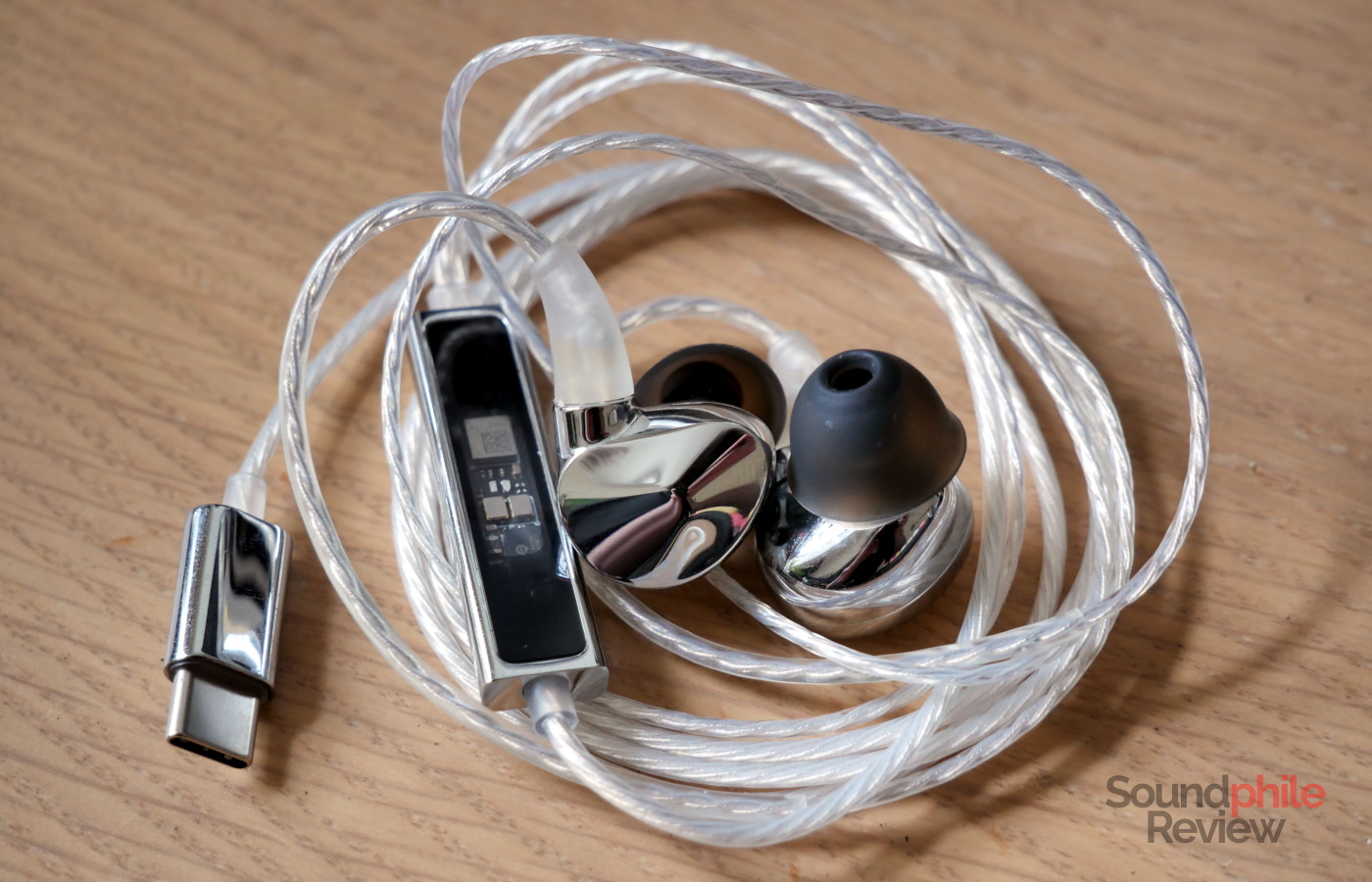

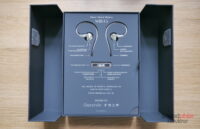
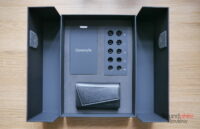

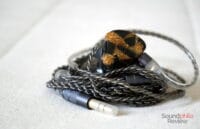
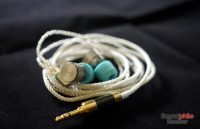
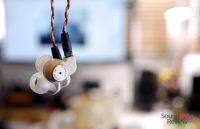
Hi, I can’t seem to find info on the internet about the earpiece specification itself. Im interested as I’ve a small ear and large drivers hurt when I wear them. May I ask what’s the weight and size of the driver?
Hello,
The earpieces are about 2 x 1.5 cm (H x W) and weigh about 5 g each, with no cable nor eartip. I hope this helps!